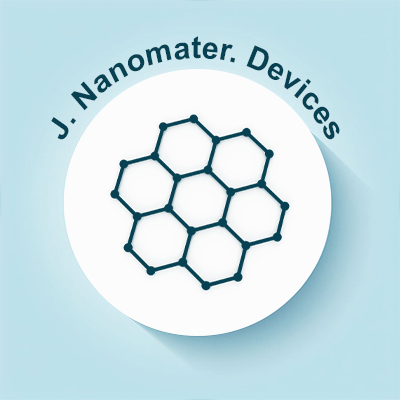
Journal of Nanomaterials and Devices
OPEN ACCESS

OPEN ACCESS
Physical Vapor Deposition (PVD) is a group of methods used to coat surfaces with thin layers of material, usually ranging from a few nanometers to a few micrometers thick. PVD works by turning a material into vapor, moving that vapor to a surface, and then letting it settle and form a thin layer. The material is heated to a high temperature in a vacuum, causing it to turn from a solid into a gas. The vapor moves through a vacuum toward the surface where it needs to be deposited. The level of vacuum used depends on how far the vapor particles need to travel without colliding with each other. When vapors cool down and turn into a solid layer on a surface, they form thin films. The type of material used as the source determines the chemical makeup of the film. The two main types of PVD are thermal evaporation and sputtering. A third type, called ion plating, combines both thermal evaporation and sputtering. In thermal evaporation, the material is heated using resistive heating. The coating is created at a high temperature and low pressure. The vacuum helps reduce contamination. The voltage and current are controlled manually. Sputtering is a method that uses plasma to turn a solid material into vapor. It works by hitting the material with fast-moving gas ions, usually Argon, which knocks off tiny particles and turns them into a fine mist. Sputtering works by using fast-moving particles to knock atoms off a material’s surface. This happens when atoms and molecules collide with each other. To make this process happen, we use things like glowing plasma, ion accelerators, or radioactive sources to help remove the material. PVD coatings last longer and protect better against rust compared to other methods like plating. Most PVD coatings are strong and can resist scratches and impacts. They can also handle high heat without getting damaged. The PVD method allows for creating thin films with very high purity and precise control over their structure. It can be used to coat many different surfaces with almost any type of inorganic material and even some organic materials. It offers different ways to apply a particular material. PVD is mainly used for thin decorative coatings on plastic and metal. It is also used to add anti-reflection coatings, like magnesium fluoride, and to make electronic devices like integrated circuits. Additionally, it helps coat cutting tools and injection molds with titanium nitride to make them more resistant to wear.